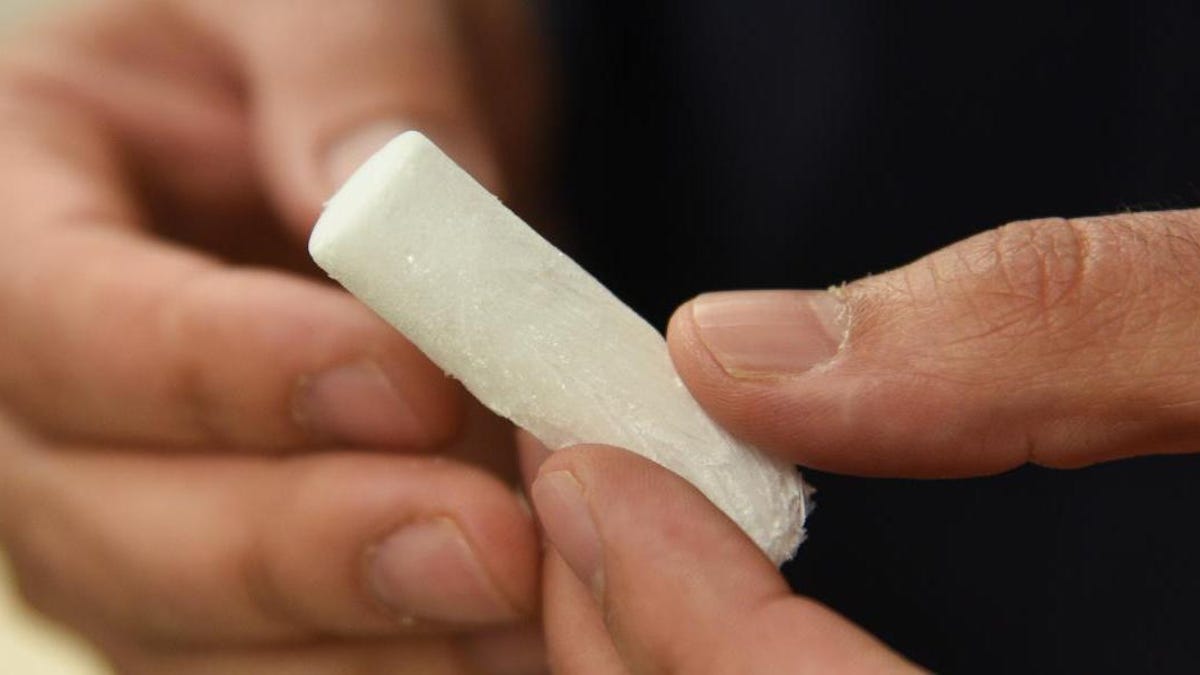Bye bye Styrofoam? New plant-based material vows to kick insulation butt
This environmentally friendly insulator is mainly derived from wood pulp.

This plant-based material could one day usurp styrofoam.
Styrofoam, despite being environmentally problematic, is everywhere because it works so well. It makes for a great coffee cup. It insulates buildings. It protects products during shipping. But it's also made from petroleum, a finite resource.
Researchers at Washington State University (WSU) announced on Thursday that they've developed a plant-based alternative material "that for the first time works better than Styrofoam for insulation." The team published its work online this week in the journal Carbohydrate Polymers.
There's sometimes confusion about what exactly "styrofoam" refers to. It's a trademarked brand name for an insulation board created by Dow Chemical. It's also used casually to refer to those white cups designed to hold hot drinks as well as various types of protective packaging materials.
WSU calls out styrofoam for creating pollution when it burns and for not being able to degrade naturally. The new plant-based material is made of up 75% cellulose nanocrystals from wood pulp with polyvinyl alcohol added to make a more elastic foam. The lightweight material can support up to 200 times its weight without deforming.
The researchers demonstrated how the water-soaked foam can bounce back into shape after being pushed down.
Others have developed plant-based foams. You're probably familiar with biodegradable packing peanuts that dissolve in water. Previous foam efforts don't have the insulation properties, strength and durability of the newly developed material.
"Our results demonstrate the potential of renewable materials, such as nanocellulose, for high-performance thermal insulation materials that can contribute to energy savings, less usage of petroleum-based materials, and reduction of adverse environmental impacts," said mechanical engineer Amir Ameli, a lead researcher on the project.
The initial research is promising, but it's still early days. You won't find this stuff insulating your house or your coffee for a while. The scientists are now working on creating stronger and more durable versions of the material while investigating how to take it from the laboratory into the real world.

